This post originally appeared on Book Riot.
It’s time for some great new books from independent presses! Below you will find ten new books from ten different publishers. The list includes novels, short story collections, memoirs, and essay collections. The authors come from countries all around the world, including South Korea, Colombia, Germany, Mexico, Liberia, and the United States.
Don’t forget that August is Women in Translation Month! If you are celebrating (and why wouldn’t you be??) and are looking for recommendations, five of the books below are translated books by women. You will find great discussion and many more recommendations on the #WomenInTranslation twitter feed run by Meytal Radzinski, Women in Translation Month founder.
Now on to the books. Check out the list to find some great new reads and maybe a new favorite independent press!
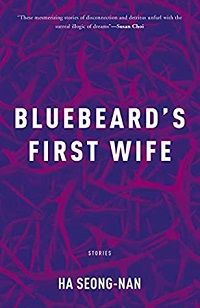 BLUEBEARD’S FIRST WIFE BY HA SEONG-NAN, TRANSLATED BY JANET HONG (OPEN LETTER PRESS)
BLUEBEARD’S FIRST WIFE BY HA SEONG-NAN, TRANSLATED BY JANET HONG (OPEN LETTER PRESS)
This collection of short stories combines realism and horror to explore fraught relationships. Many of the stories are about families, especially women struggling with lovers and husbands or examining their feelings about their children. One woman watches her husband quit his job, supposedly to become a carpenter, and then become obsessed with noisy upstairs neighbors to a bizarre degree. Another learns disturbing information about her fiancé after meeting his friends. A mother agonizes over memories of her daughter a year after losing her in a terrible fire. Another story is told from the perspective of a person who has drowned. The stories’ characters and settings are varied, but together they form an eerie, disturbing, fascinating whole.
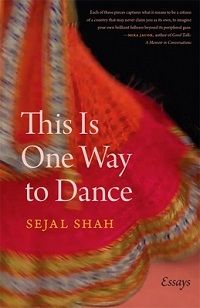
THIS IS ONE WAY TO DANCE BY SEJAL SHAH (UNIVERSITY OF GEORGIA PRESS)
I feel a special connection to this essay collection because many of the pieces discuss living in Rochester, New York, which is where I grew up. This book also impressed me with its insightful, personal exploration of race, culture, family, and writing. Shah writes about joyful dancing at weddings and about moving around the country following jobs and then returning home again. She writes about food, travel, studying creative writing, and what it was like to grow up in a small Gujarati community in a predominantly white suburb. Her essays are sometimes like prose poems and other times more focused on narrative. They are warm, wide-ranging, and a pleasure to read.

A FISH GROWING LUNGS: ESSAYS BY ALYSIA LI YING SAWCHYN (BURROW PRESS)
A Fish Growing Lungs is a linked essay collection about Alysia Li Ying Sawchyn’s diagnosis of Bipolar I at 18 and her later realization that this diagnosis was a mistake. Sawchyn writes about her experiences with mental illness and drug use. She explores relationships with doctors, struggles with medications, and complicated inheritances from both sides of her family. She also writes about her slow movement toward a more stable place. The essays are often inventive in form, searching for new ways to describe inner states. Their range of tones and subjects—she also writes about music and friendship among other things—keep the book lively and varied. This is a powerful, nuanced, honest take on struggle and growth.
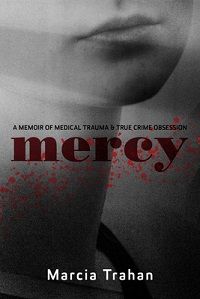
MERCY: A STORY OF MEDICAL TRAUMA AND TRUE CRIME OBSESSION BY MARCIA TRAHAN (BARRELHOUSE BOOKS)
Marcia Trahan found herself watching true crime television shows with an obsession that made her wonder why she needed them so badly. This memoir is an account of that obsession and her exploration into a series of difficult medical encounters that left her feeling violated. After battling thyroid cancer and dangerous blood clots, she knew that doctors were there to help her and that they had saved her life, but she felt a level of anger toward them that didn’t make logical sense. The only thing that soothed her were those violent true crime shows. Trahan’s journey toward understanding how these threads connect makes for fascinating reading. Mercy is a sensitive, wise look at the unexpected ways our bodies and minds make sense of trauma.
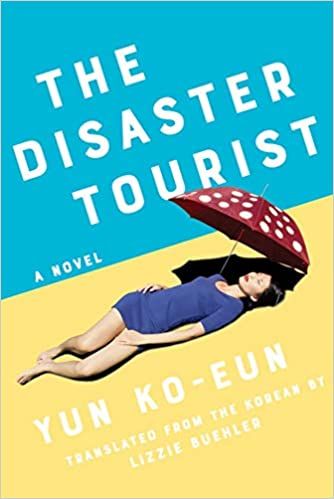
THE DISASTER TOURIST BY YUN KO-EUN, TRANSLATED BY LIZZIE BUELLER (COUNTERPOINT PRESS)
This is a novel about work, feminism, travel, and disasters. Yona’s job is to create travel packages for people who want to tour disaster zones: sites of earthquakes, tsunamis, sinkholes, etc. Yona has done her job effectively for years, but now her boss is sexually harassing her and her work is getting undermined and ignored. She’s worried about losing her job. Her boss suggests that she take a “vacation,” which is really just a working trip to the island of Mui to assess its value as a tourist destination. Once she arrives there, things start to go very wrong. This is a quick, enjoyable read that deals with serious questions about the value of work, of workers, and of humanity.
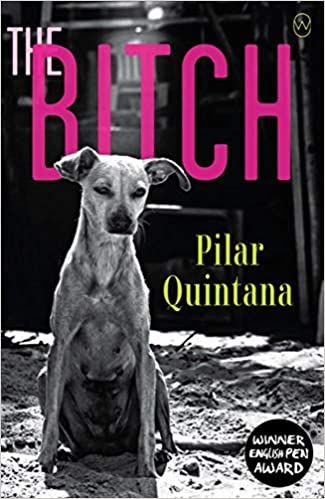
THE BITCH BY PILAR QUINTANA, TRANSLATED BY LISA DILLMAN (WORLD EDITIONS)
Set in the Colombian jungle, this novel tells the story of Damaris, a woman in her 40s who adopts a puppy to ease her loneliness. Her relationship with her husband is uneasy and they were never able to have children, so she hopes the puppy will provide some companionship. As the puppy grows and becomes aware of the wider world, however, it runs away, and its relationship with Damaris is never the same. The Bitch is a short novel but it beautifully captures the eerie, wild setting near both the jungle and the ocean. The characters are unforgettable, both the people Damaris interacts with in the surrounding towns, and Damaris herself with her combination of loneliness and hope. This is a gorgeous heartbreak of a novel.
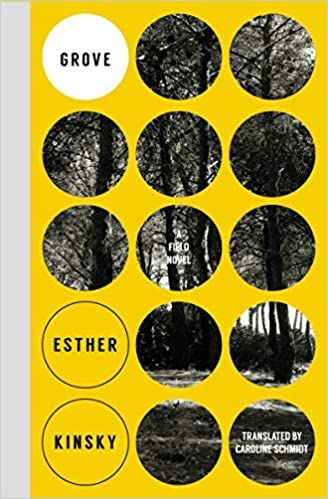
GROVE: A FIELD NOVEL BY ESTHER KINSKY, TRANSLATED BY CAROLINE SCHMIDT (TRANSIT BOOKS)
Grove is a novel for lovers of contemplative fiction that explores ideas and emotions and for those who love travel and nature writing. The protagonist is mourning the recent loss of “M” while living in a small town near Rome. In later sections she travels through other parts of Italy, thinks about the loss of her father, and remembers childhood visits to the region. The narrator’s descriptions of the Italian landscape are saturated with grief and thoughts about death—she visits many cemeteries—even as they are beautifully evocative. She captures a version of Italy that brims with details of modern life while also holding deeply personal meaning.
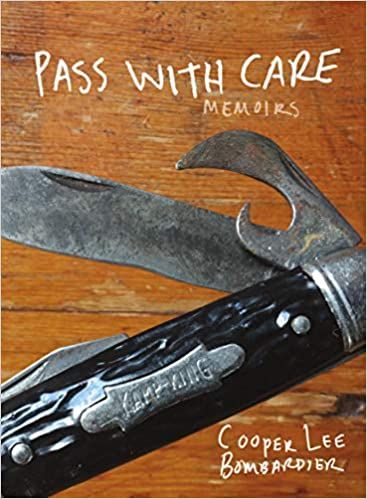
PASS WITH CARE BY COOPER LEE BOMBARDIER (DOTTIR PRESS)
Pass with Care is a memoir in essays about Cooper Lee Bombadier’s experiences as a trans man. The pieces describe what masculinity means to him and how he moved toward his transition. He writes about what it’s like to be mistaken for a cis man and his complicated feelings toward younger generations of LGBTQ+ people. His life is fascinating to read about: he was a part of the queer scene in 1990s San Francisco, is an artist and performer, worked as a construction worker and security guard, and has lived in many different places and among many types of people. These essays are personal, honest, and sensitive, and full of valuable insights into gender and masculinity.
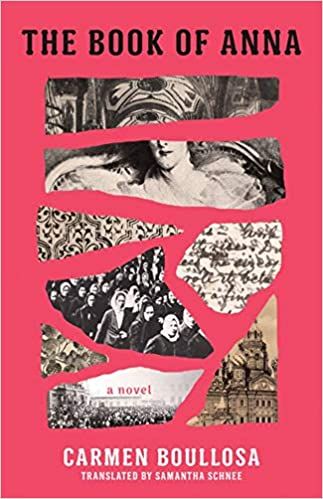
THE BOOK OF ANNA BY CARMEN BOULLOSA, TRANSLATED BY SAMANTHA SCHNEE (COFFEE HOUSE PRESS)
Anna Karenina is the jumping-off point of this novel in which Anna’s children, Anya and Sergei, are characters in the real world (or at least in the “real world” of this novel). It takes place in 1905 right at the beginning of revolution. Characters include working-class activists as well as the upper class Karenins. We watch protests simmering at the same time as Anya and Sergei deal with the legacy of their mother and the Tsar’s request that they give him her portrait. Tolstoy himself haunts their dreams. The novel is clever and entertaining, with vivid characters and an absorbing story and even a short fairytale-like book written by Anna herself. It’s bursting with energy and life.
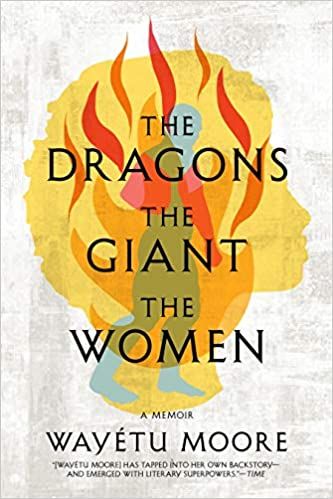
THE DRAGONS, THE GIANT, THE WOMEN BY WAYÉTU MOORE (GRAYWOLF PRESS)
At the age of 5, Wayétu Moore’s life in Liberia was upended when her country was plunged into civil war, and her family had to flee. Her father promised her that they would soon see her mother, who was studying in the United States, but in the meantime, they had to walk for weeks until they reached a town in which they could hide. They remained there until a rebel soldier smuggled them across the border. Moore’s memoir tells this harrowing story and then moves to the time after they reach the United States, when she and her family have to adjust to an entirely new way of life. The book is a powerful look at the migrant experience and how its effects reverberate decades into the future.
Looking for more books from independent presses? Check out my May indie press round-up and this list of 30 great small press books we can’t wait to read.



 Lastly, I read
Lastly, I read